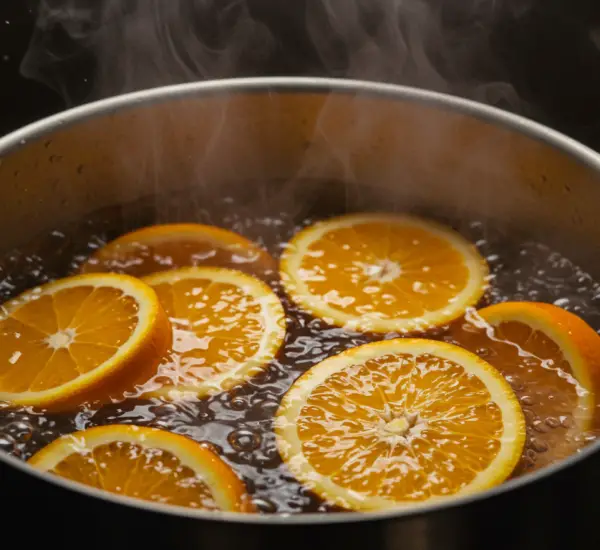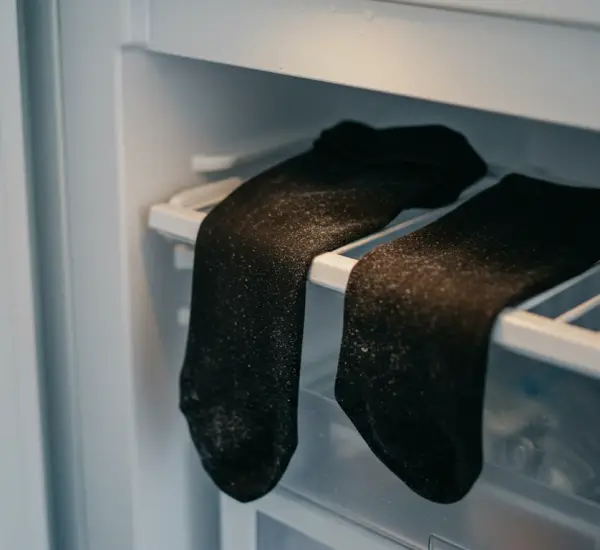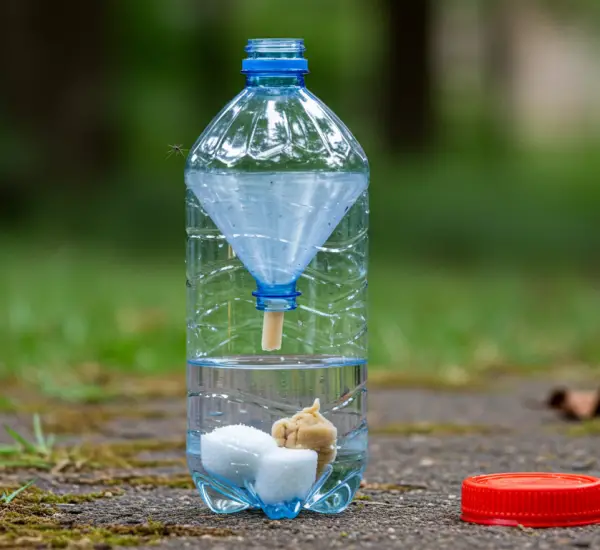Aluminum foil, also known as tin foil, is a staple in nearly every kitchen. Most commonly, it’s used to wrap food, cover leftovers, or line baking trays. While convenient, aluminum foil should not be relied upon for long-term food storage. Overusing it can affect the quality of your food, so alternatives like reusable silicone lids or glass containers are often recommended.
However, aluminum foil is far more versatile than most people realize. Beyond cooking, it has countless practical applications around the home. From conducting electricity in small DIY projects to stretching tight shoes or repairing minor household items, aluminum foil can be an unexpected helper in daily life. One of the most remarkable and little-known uses is for cleaning silverware—a method widely used by homemakers for generations.
The Aluminum Foil Method for Polishing Silver
Silverware and silver household items are prone to tarnishing over time. Regular washing can’t always prevent silver from developing a dull, grayish layer. While commercial silver cleaners exist, they often contain harsh chemicals that can damage delicate pieces or leave residues behind. Luckily, there’s a natural, cost-effective method that requires just aluminum foil, hot water, and baking soda—and the results are astonishing.
This method is not only safe for silver but also eco-friendly, avoiding unnecessary exposure to harsh chemicals. Here’s a detailed guide on how to bring your silverware back to life using this simple household trick.
What You’ll Need
-
A large pot or pan
-
Water (enough to fully submerge your silverware)
-
Aluminum foil, formed into a small ball
-
Baking soda (approximately 150 grams or half a cup)
-
Silverware or silver items you want to clean
-
Tongs or a heat-resistant tool to handle the silver
Step-by-Step Instructions
-
Prepare the Water: Fill a large pot with about two liters of water. Place it on the stove and bring it to a gentle boil.
-
Add the Aluminum Foil: Once the water is hot, drop in a ball of aluminum foil. The foil acts as a conductor in the chemical reaction that will help remove tarnish from the silver.
-
Mix in Baking Soda: Slowly add about 150 grams of baking soda to the water. Stir gently until it is fully dissolved. You’ll notice the water becoming slightly fizzy, which is normal.
-
Immerse Your Silverware: Carefully place your silver items into the pot, making sure that each piece touches the aluminum foil. This contact is crucial for the reaction that will remove tarnish.
-
Wait and Observe: Allow the silverware to sit in the hot water mixture for several minutes. You may notice the tarnish beginning to disappear almost immediately, revealing the bright, reflective surface beneath.
-
Remove and Dry: Using tongs or a heat-safe tool, carefully remove the silverware from the pot. Rinse it under clean water and dry thoroughly with a soft cloth to prevent water spots.
Why This Method Works
This technique works thanks to a simple chemical reaction between the aluminum foil, baking soda, and tarnished silver. The tarnish on silver is primarily silver sulfide, which forms when silver reacts with sulfur compounds in the air. When silver comes into contact with aluminum in a baking soda solution, a reaction occurs that converts the silver sulfide back into silver, effectively removing the tarnish.
The process is entirely natural and doesn’t require any harsh chemicals, making it safe for daily use and ideal for households with children or pets.
Tips for Best Results
-
Ensure Contact with Foil: For the reaction to work effectively, silver must touch the aluminum foil in the pot. If pieces float away from the foil, they may not clean as well.
-
Be Cautious with Heat: Aluminum is a good conductor of heat, so always use tongs or protective gloves when handling hot water and silverware.
-
For Larger Items: This method works for larger silver items too, such as serving spoons, trays, or small decorative pieces. Just make sure your pot is large enough to submerge them fully.
-
Regular Maintenance: For frequently used silverware, repeating this process every few months will help keep it shiny without resorting to harsh cleaners.
Other Uses of Aluminum Foil in the Home
While this silver-cleaning trick is particularly impressive, aluminum foil has many other practical applications around the house:
-
Sharpen Scissors: Fold foil several times and cut through it with dull scissors to sharpen them.
-
Remove Static from Clothes: Toss a ball of foil in the dryer to reduce static cling.
-
Protect Surfaces: Use foil to shield delicate countertops from heat or paint.
-
Gardening Aid: Wrap foil around plant stems to deter pests naturally.
-
Arts and Crafts: Aluminum foil is excellent for creative projects and DIY decorations.
By thinking creatively, a simple sheet of aluminum foil can go far beyond its traditional kitchen role.
Conclusion
The aluminum foil and baking soda method is a simple, effective, and natural way to clean silverware, leaving it bright and gleaming in just minutes. This age-old trick, used by homemakers for generations, demonstrates how everyday household items can serve multiple purposes beyond their original use.
By applying this method, you can save money on commercial silver cleaners, avoid exposure to harmful chemicals, and restore your silverware to its original luster—all with ingredients you already have at home. Whether you’re tackling tarnished cutlery, serving spoons, or decorative silver pieces, this technique is a game-changer for household maintenance.
Next time your silverware looks dull or gray, skip the expensive cleaners and try the aluminum foil method—you’ll be amazed at the results.



